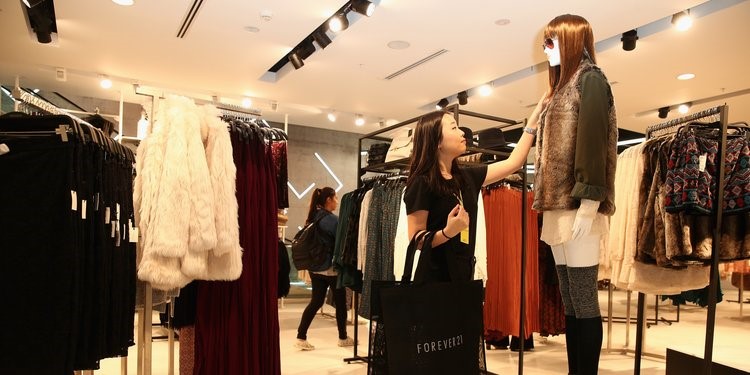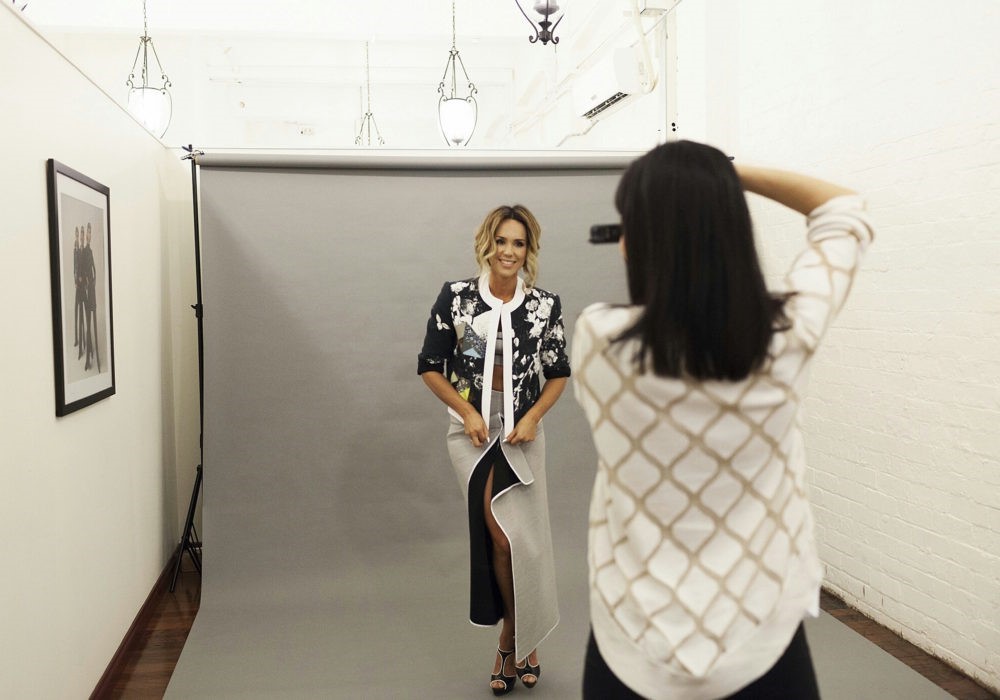Launching the first collection of a fashion brand is just the initial step. It takes a lot more to sustainably grow it over time, requiring discipline and commitment. Supriya Ghurye outlines the business aspects every fashion entrepreneur needs to follow to make a brand successful.
So, you’ve started off your fashion brand. You may have your own store, maybe stock your collection at a number of boutiques or sell online. You’ve worked hard the last six months designing and then coordinating every aspect. Your first collection has been a reasonable success, though you had to negotiate hard with suppliers and boutiques as you’re a new name in the crowded space of designers. So how do you make sure you grow profitably?

Here are some guidelines that you need to keep in mind if you wish to succeed in business. Remember, there are hundreds, if not thousands, of fashion brands ready to take your place if you fail. Competition is intense and customer loyalty is notoriously fickle. So, plan and execute well these seven steps to a successful fashion business.

Keep a close eye on trends. Trends change frequently and what is in vogue today may not be when you launch your collection.
As designers, we plan collections months in advance, so be sure you have a good idea of the trends shaping current fashion, and whether they’re likely to stay.
Design for your core audience. Your first collection may have been designed to express your creativity for a particular audience. But remember that customers decide what sells.
So, keep a core audience in mind when you design a collection. Persona mapping is a technique used in marketing research that is extremely useful in figuring who your audience is and what they might be looking for.
Cost control. It is easy to let your creativity run wild, but a customer has to be willing to pay for the designs you’ve made. Keeping a tight control on costs – material, manufacturing, even marketing – is essential to ensure that you make a profit. Remember, you may be discounting a part of your collection towards the end of the season, so factor that into your calculations.
Marketing. Your collection will sell when you market it well to the right audience. Invest wisely in your marketing efforts, using a good mix of in-store, social media and word-of-mouth through existing customers to ensure a good response while keeping marketing costs in control.

Presentation and selling. Visual merchandising – offline or online – determines whether a customer will be attracted to try out your designs.
If you stock your brand alongside others in e-retail or boutiques, make every effort to make your collection attractive enough for the customer to take a closer look and feel.

Keeping tabs on sales, inventory, channels and cash flow. If you stock your merchandise at multiple outlets on consignment, keep track of sold and unsold inventory and the receivables due. For online, tracking sales is much simpler, and updating inventory is critical to ensuring you don’t get orders that you cannot fulfil. Also, the issue of returns has to be handled diligently.

Maintaining relationships. Keep good relations with your best suppliers and ensure they are happy to engage in business with you, as their quality and timely delivery will ensure your brand’s consistency.
Customers are the lifeblood that keeps your brand alive, and therefore, ensure you keep in touch with them and get feedback whenever possible. They’re also the ones who ensure you keep getting new customers, so it might be a good idea to reward them for their loyalty, if possible.
By Fashion4Fuel




